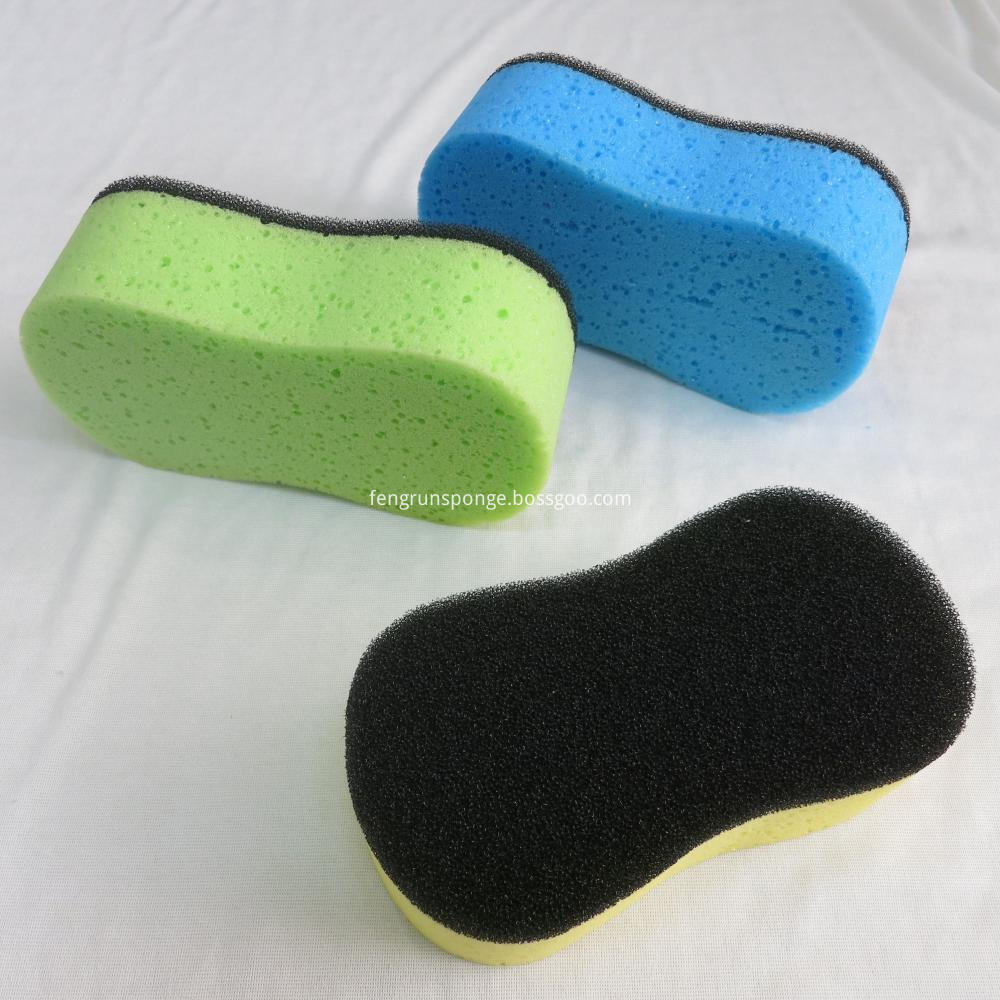How to make the wooden door brand more influential and value is the most important issue in the management of wooden doors. However, for many years, wooden door operators have made more improvements in terms of expanding their visibility, improving the quality of products or services, and strengthening public relations, in order to enhance brand influence and value. It turns out that this is only the basic content of brand influence.
More and more successful experiences of brands tell us that the key to expanding brand influence and enhancing the value of brand assets is how to understand the psychology of brand consumers and find a path to success. The concept of brand equity is proposed in this context. After more than 20 years of research and development, operators have seen the reasons for brand influence and the path of brand equity appreciation. Many practices or strategies in the past may be Wrong or invalid.
Brand equity is a concept put forward by Western advertising scholars from the perspective of brand management in the 1980s. Since many countries in the West were facing economic downturns at the time, companies frequently adopted marketing methods focusing on price reduction and promotion. Although they promoted short-term sales growth, they undermined the brand image of the company and affected the long-term interests of the company. In order to strengthen the company's emphasis on brand building, promote long-term development, and avoid the negative impact of price promotion on the brand, the concept of brand equity was proposed in the research of enterprise management and a series of researches were carried out.
The most influential views on the definition of brand equity concepts are:
The American Academy of Marketing Sciences (MSI, 1990) defines brand equity as “brand customers, channel members, parent companies, etc. for brand associations and behaviors that make products available under conditions without brand names. More sales or profits can give the brand a stronger, lasting and differentiated competitive advantage over competitors."
According to Peter. Farquhar (1989), a professor at Carnegie Mellon University in the United States, brand equity refers to “additional value that a brand gives to a product to a company, distributor or consumerâ€.
D. Aaker (1991), a professor at the University of California, Berkeley, believes that brand equity refers to “a range of assets or liabilities associated with brands, brand names, brand names, etc. that can increase or decrease the value of a product or service to a business or customer. ".
With the deepening of research on brand equity, it is generally believed that brand equity is a consumer-centric concept. Without consumers, there is no brand equity. The definition of brand equity should be elaborated from the perspective of consumer psychology. Because the market is made up of consumers, brand equity is essentially a source or a consumer-based asset, and brand equity appreciation is driven by consumer brand consumption psychology.
K. Keller (1998), a famous American brand theory expert, is the first scholar to fully elaborate the concept of consumer-based brand equity from the perspective of consumers. He believes that the reason why brand equity is valuable to enterprises and dealers is that the brand is for consumption. The value is valuable. Keller defines brand equity as the differential effect of their brand marketing response due to the existing brand knowledge in the minds of consumers, including: brand knowledge already existing in the consumer's mind, consumer's reaction to product differentiation and Consumer perception, preference and behavior of brand marketing.
The domestic academic community generally translates Brand Equity into brand equity instead of the original brand equity. This is because the concept of brand equity is broader. It not only includes the meaning of brand equity, but also reflects other non-financial characteristics. The origin of Brand Equity is generated by consumers. The current research focuses on why brand equity exists and where it should be managed to add value to its brand equity. In short, brand equity refers more to intangible assets, which is the market benefit that can be generated.
The products are made of PU sponge which is super soft. It simply makes dirt disappear and brings lots of conveniences to you. Good absorbing of water, no additional detergents needed while using. Macroporous structure can produce rich foam in a short time, make your clean more easily. Absorb water with sponge and squeeze out gently. Gently rub sponge on dirty surface to remove the dirts and smudges. Rinse the dirty sponge with water after use and dry it. Dispose of properly after multiple uses It can be used with different sizes by cutting with knife or scissors according to purpose. Widely used as a cleaning material in Household Cleaning, Car Washing. etc. Car Cleaning Sponge, bulk sponge, Car Sponge, car polish wax, heavy duty Cleaning Sponge, foam cleaning sponge.


Car Cleaning Sponge
Car Cleaning Sponge,Car Wash Sponge,Car Sponge,Cleaning Sponge
FengRun Commodity Co.,Ltd. , https://www.sponges.nl